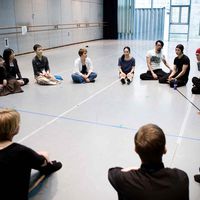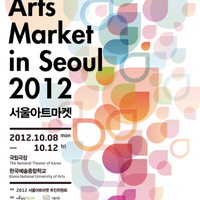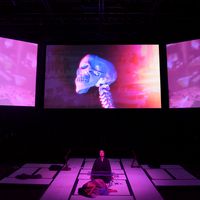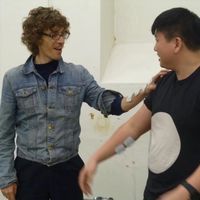Festivals in society | Interview with Korean Sidance Festival Director, Lee Jong-Ho
 [caption id="attachment_12389" align="alignright" width="275" caption="Jong‐Ho Lee, Founding Artistic Director"]
[caption id="attachment_12389" align="alignright" width="275" caption="Jong‐Ho Lee, Founding Artistic Director"]During its participation in the second edition of LIVE!Singapore last June 2011, culture360.org has interviewed two festival Directors, from Australia and Korea, to get their opinion on the role of festivals in Asia and Europe.
Here is the second of this two-part interview with Jong‐Ho Lee, Founding Artistic Director, SIDANCE Festival (Seoul International Dance Festival).
1. How important is the local context in putting on a festival?
I think it’s certainly important. The visions, aims and the programmes of each festival are highly affected by the local context where it is held. Since the SIDance (Seoul International Dance Festival) started in 1998, I have tried to mirror this local context in the programming, considering the dance scene in Korea. The Korean dance scene changed, and the programming of the festival has changed accordingly.
2. How do you think collaboration between Asian and European festivals can be beneficial for the societies of both regions?
It promotes the exchange of information and personnel, and widens the horizons of each other.
The active collaboration between Asian and European festivals, I think, can only grow the global scene in performing arts.
In addition, global performing arts events, such as LIVE! Singapore, play a key role in bringing together people from both regions and facilitating such cross continental collaborations.
3. What could festival arts managers from Asia and Europe learn from each other working closer together?
It is important to get useful information, to better understand the arts community or stream in each region. However, I believe the most important thing is to understand the different working styles and environments of each region. This will make more exchanges and collaboration possible between Asian and European performing arts scene in the future.
4. How have you approached programming of Asian/European work in your festival?
In terms of the Asian works, I try to select the works, which have a contemporary Asian identity. Regarding the European works, I try to bring in diverse works from various regions.
Historically Korea has been under much influence from USA; therefore, I intentionally have introduced many European works since establishment of SIDance. While it is true that the programming was a little more focused on the Western Europe in the past, recently, I’m trying to introduce diverse works from other regions in Europe, such as Northern Europe or Eastern Europe at the festival.
5. Do you think there should be one key model for Festivals in Asia?
Rather than one key model, I think it may be more important to have many different festivals in each region, with different characteristics – thus showing a diversity of Asian culture.
Similar content
from - to
08 Oct 2012 - 12 Oct 2012
04 Aug 2016
from - to
28 Sep 2018 - 03 Oct 2018
24 Mar 2011






